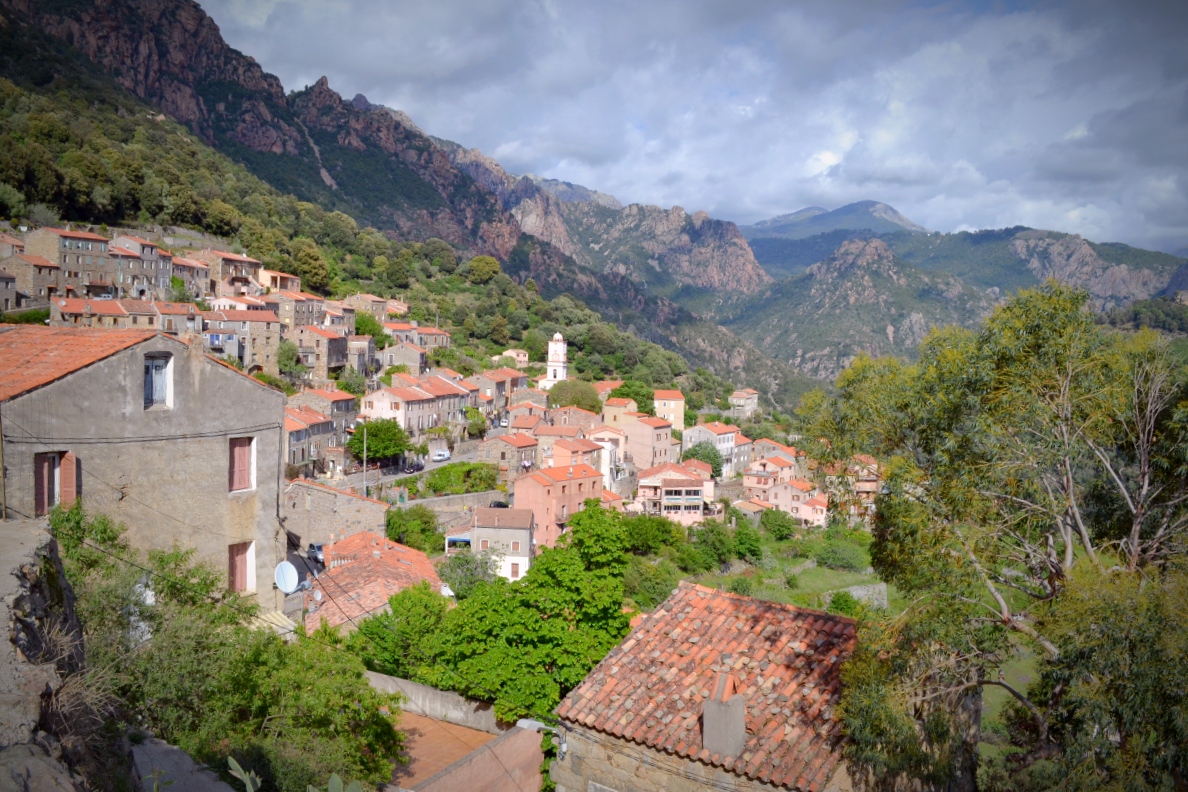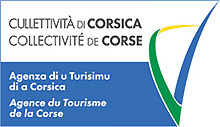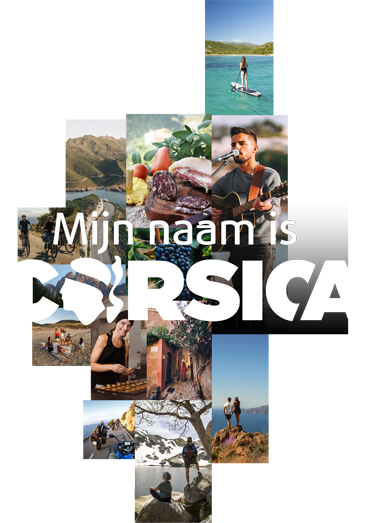Rechercher...
Ontdek Corsica
Mijn verblijf in Corsica


20150 Ota
Presentation
A sun-blessed village built on the hillside, Ota stands among terraces planted with olive trees. This area has been cultivated for centuries, growing traditional crops such as cédrat citrus fruit, vines and wheat. The houses here resemble small fortresses perched among the rocks. Ota played an important historical role in the pieve (district) of Le Sia. During the Cinarchesi wars, this pieve, along with others such as Sevengrentu and Salognu, was allied with rebel chiefs such as Ghjuvan'Paulu di Leca (late 15C/early 16C), who led a resistance movement against the Genoese. Le Sia was often attacked by the Genoese and by Turkish invaders, and the people of Sia would take refuge in the village of Ota. The village is a good base from which to explore the Gorges de la Spelunca, home to a bridge dating from the Genoese period, the Pont de Zaglia. This bridge lies on the old mule track linking Ota to Evisa, which is now part of the ""Tra Mare e Monti"" long-distance footpath. A rock perched on the summit of Mont Capu d'Ota (1,220m) looks as though it's about to topple onto the peaceful village lying at its feet. The legend told by the villagers is that this rock is held in place by huge chains installed by monks who take it in turns to supervise the rock. Ota lies at the end of the mule track which crosses the Gorges de la Spelunca to Evisa (850m) after an easy and beautiful walk of around 3hr. The walk is dotted with panels providing information on the local flora and fauna, as well as the Genoese bridges in the area, such as the Pont de Zeglia.
Child benefits
Nee
Amenities, services and activities
Amenities
- Play area
Locate


powered by cd-media.fr



